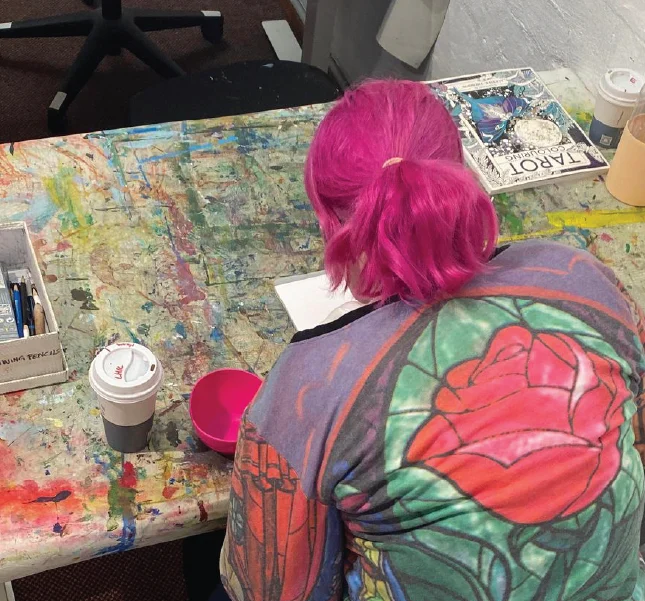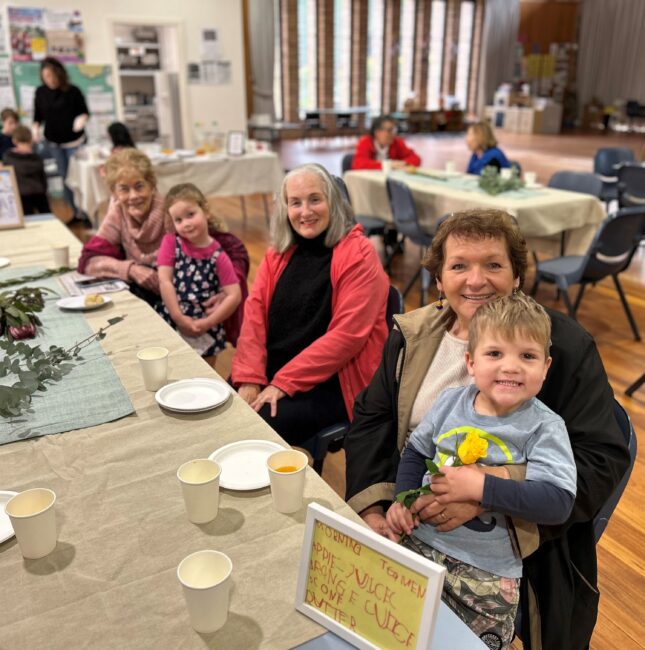Seeking innovative solutions on #IDPWD 2022
December 3, 2022
1 in 6 Australians are living with a disability – that’s 4.4 million people. Disability can be related to genetic disorders, illnesses, accidents, ageing, injuries or a combination of these factors. In recent years there has been an increase in the number of people for whom their main form of disability is mental or behavioural.
Each year, the United Nations recognises global citizens living with one or more disabilities as part of the International Day of People with Disabilities. On 3 December 2022, the annual celebration will focus on the theme ‘Transformative solutions for inclusive development: the role of innovation in fuelling an accessible and equitable world.’
This year, International Day of People with Disabilities should be used to remind us never to settle for the status quo, and to keep seeking innovative solutions to the challenges faced by so many Australians.
Some questions we can ask include:
- How can assistive technologies increase accessibility to employment and be mainstreamed in the workplace?
- What are some practical tools to help us promote diversity in the workplace and reduce inequalities?
As more and more people live with a disability that is mental or behavioural, their needs can often be overlooked. Innovative solutions need to address a wide spectrum of disabilities and not just those that are visible to the eye.
What is an ‘invisible’ disability?
Disability is a term describing an ongoing mental or physical challenge. Not all disabilities are easily discernible. Known as hidden disabilities or non-visible disabilities, an ‘invisible’ disability is not immediately apparent by looking at a person. Typically, they are chronic illnesses and conditions that significantly impact daily living activities. Amongst the most common invisible disabilities are mental illness, chronic pain and fatigue, hearing and sight impairments, brain injuries, cognitive dysfunctions, and neurological disorders.
Persons living with an invisible disability can quickly tire of others assessing their ability or inability to perform certain tasks based on their physical appearance alone. So, it is important to remember to listen with your ears instead of judging with your eyes to foster a better understanding of hidden disability.
Disability by numbers
The Australian Institute of Health and Welfare provides the following facts and figures:
- For 23% of people with a disability, their main form of disability is mental or behavioural
- 53% of people (15-64) with disability are participating in the labour force
- 1 in 10 people with a disability (15+) experienced disability discrimination in the past year
- 68% of people (15-64) with a disability have 1 or more employment restrictions
CatholicCare on the frontline
Through dedicated disability hubs, community and home-based locations across Northern Sydney and the Central Coast, CatholicCare provides a comprehensive range of individual and group programs for those living with disability.
We support people to develop the skills and capabilities they need to gain independence and participate in society. We enable opportunities for choice, inclusion and achievement at home and in the community.
Our qualified and dedicated staff pride themselves on developing strong relationships with those in our care, as well as their families and carers. We want a world where people living with a disability are valued equally, listened to and included.
The theme for this year’s International Day of People with Disabilities aligns with CatholicCare’s mission to seek out innovative solutions to improve the lives of our clients and to remove barriers to their full participation in society.
For more information please contact us:
P: (02) 9488 2500
E: disabilityfutures@catholiccaredbb.org.au
More news stories like this one
My mental health can’t hold me back
“My mental health can’t hold me back from my art,” says Hannah who attends Boonah Creative Arts Centre.
Read MoreOur annual report is a series of inspiring stories
Our incredible teams continued supporting, educating, encouraging, equipping and advocating for our clients this year. The many testimonies and case studies in this annual report serve to highlight how incredibly well they did this work.
Read MoreGenerations connect over juice and scones
After watching the show ‘Old People’s Home for 4 Year Olds' we looked at how we could do something similar in our community. We knew that many of our families had grandparents who lived a long way away and they would benefit by having that intergenerational connection.
Read More


